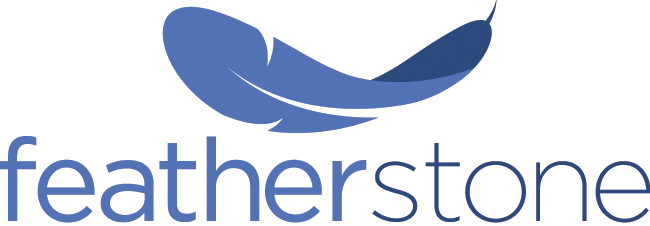From Melinda May, CPA | Featherstone
Down Market
Carl’s shares of XYZ might plummet because of company news or a broad stock retreat. The $180 in cash from selling the call would be scant consolation if his $10,000 outlay drops to $9,500 or $9,000 or lower. Carl could sell another call, after the option expiration, pocketing more income but still bearing most of the stock’s exposure to loss.
Go with the pros
The market for listed call options can be complex. Should you sell an “out-of-the-money” call, as Carl did? An at-the-money-call (exercise price equals current trading price)? An in-the-money call (lower exercise price)? Take a close or distant expiration date? Buy back the call you’ve sold because you decide to keep your shares?
Investors may like the concept of using covered calls but might be reluctant to make all the necessary decisions. This has led to the creation of buy-write funds. With these vehicles, financial professionals decide which assets to purchase and which options to sell, covered by holdings in the fund.
There are many forms of covered call and buy-write funds, with different methods of squeezing income from selling options. Tax treatment also can vary because some of these funds make distributions that are part long-term capital gain, part short-term capital gain, and part untaxed return of principal. If you’re interested in such a fund, determine how your money will be invested.

Featherstone LLC provides Tax Planning & Preparation, Accounting and CFO Consulting. Please contact the company by email at [email protected] or by calling 540-227-4321.

Recent Comments